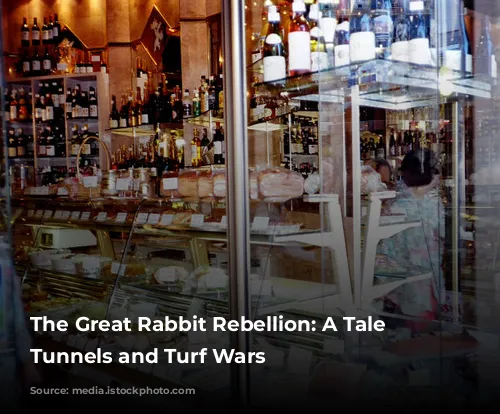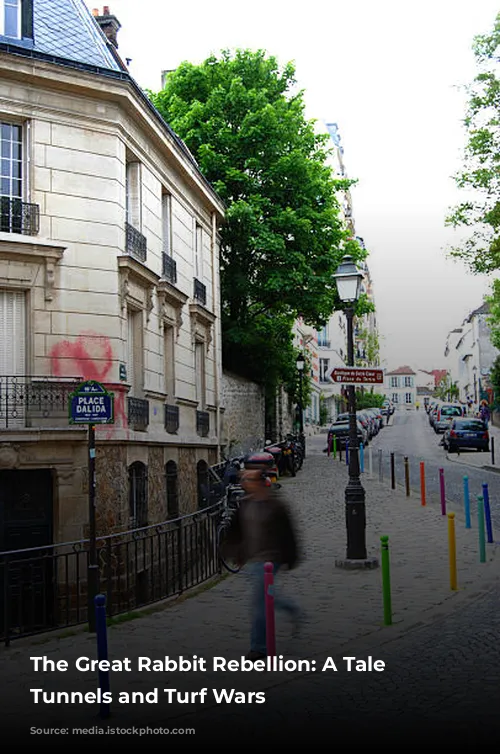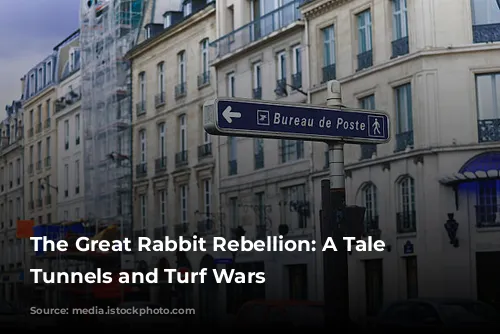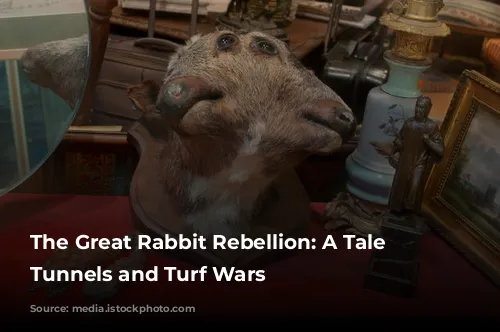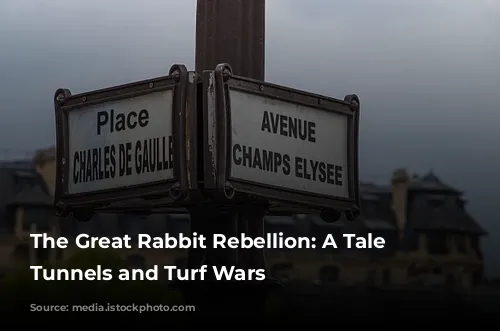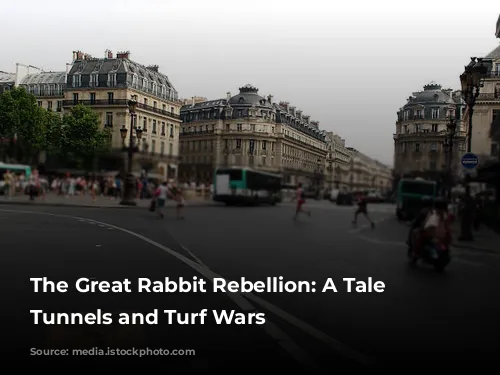A fierce battle is brewing in the heart of Paris, but this one isn’t about politics or power. It’s about a furry foe with an insatiable appetite for digging and destruction: rabbits. These tiny creatures have burrowed their way into the very heart of the French military, wreaking havoc on the manicured lawns of the Esplanade des Invalides, where Napoleon’s tomb lies.
Their reign of terror has transformed the once pristine grounds into a Swiss cheese of tunnels. They gnaw on electrical cables and garden hoses, leaving behind a trail of rabbit droppings that would make even the most seasoned gardener shudder. The military, known for their precision and discipline, finds themselves spending valuable time cleaning up after their furry intruders.
A War of Wits
The obvious solution seems simple: get rid of the rabbits. In the spring of 2020, right after France’s lockdown, about 50 rabbits were removed, swiftly and humanely. But this sparked a legal battle with Paris Animaux Zoopolis, an animal rights organization dedicated to protecting these furry rebels. Zoopolis has repeatedly challenged the army’s attempts to evict the rabbits, turning the Esplanade des Invalides into a legal battleground.
Despite the army’s efforts, the rabbits, like rabbits, proliferate relentlessly. The damage they have inflicted is estimated to cost a whopping €366,000 to repair. With the Olympics looming, the local authorities finally relented, allowing the rabbits to be relocated to a village 70km away, leaving the fate of the rabbits and the villagers unclear. However, Zoopolis remains unconvinced, arguing that the proposed solution is not humane enough.
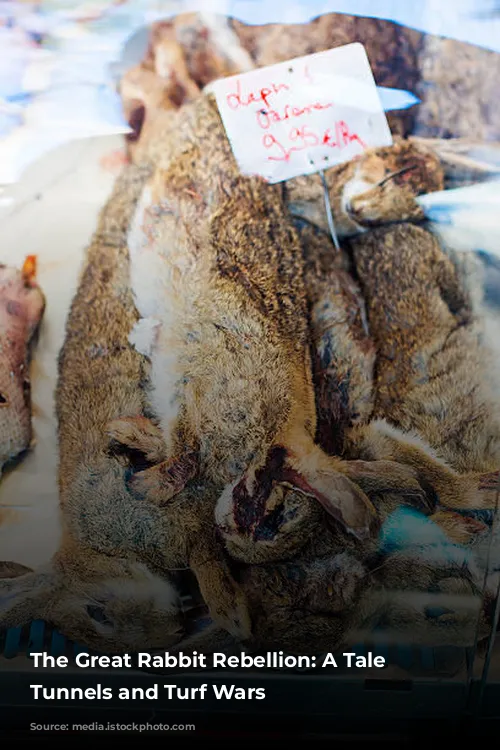
Rabbits: A Symbol of Parisian History
Three weeks ago, Zoopolis activists, donning rabbit masks, staged a protest at the entrance of the army museum. They warned of the “violence” the rabbits could be subjected to during capture, arguing the stress could lead to cardiac arrest. They also expressed concern that the rabbits, once released into the countryside, could be targeted by hunters.
But the history of these rabbits is woven into the fabric of Paris. They have been a part of the city’s story for centuries. During World War II, they served as a vital source of food for stranded British aviators, playing a crucial role in the resistance. And decades before that, they were the muses of Rodin, the famous sculptor.
Rodin was so enchanted by the rabbits and the wild garden at the Hôtel Biron, a decrepit building opposite Les Invalides, that he chose it as his studio. When the government threatened to demolish the building, Rodin proposed a deal: he would donate his entire collection to France if he could remain at the Hôtel Biron with his beloved rabbits.
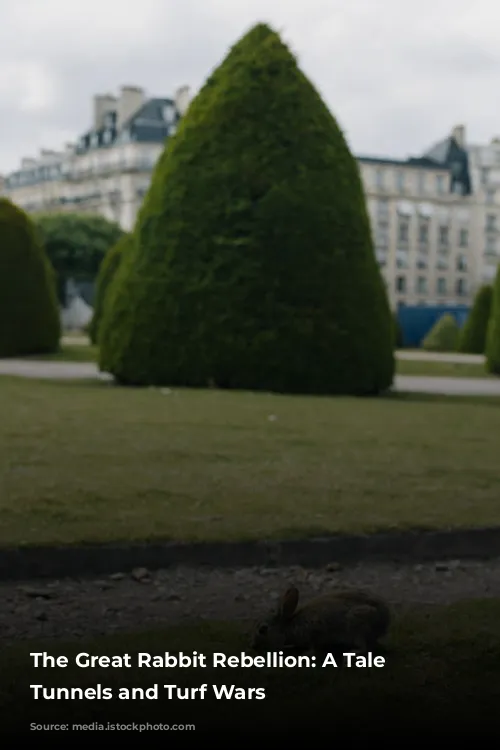
A Rabbit’s Tale: A Parisian Legacy
It seems these tenacious rabbits are here to stay, even if they are a constant source of frustration for the authorities. It’s likely that they will continue to thrive, defying attempts to control their population.
Perhaps there are other solutions, like incorporating them into the culinary scene. A Parisian chef could even turn their existence into a culinary adventure.
The future of the rabbits at Les Invalides remains uncertain. But one thing is clear: they are a testament to the resilience and resourcefulness of nature, a reminder that even the smallest creatures can play a significant role in the history of a city.
